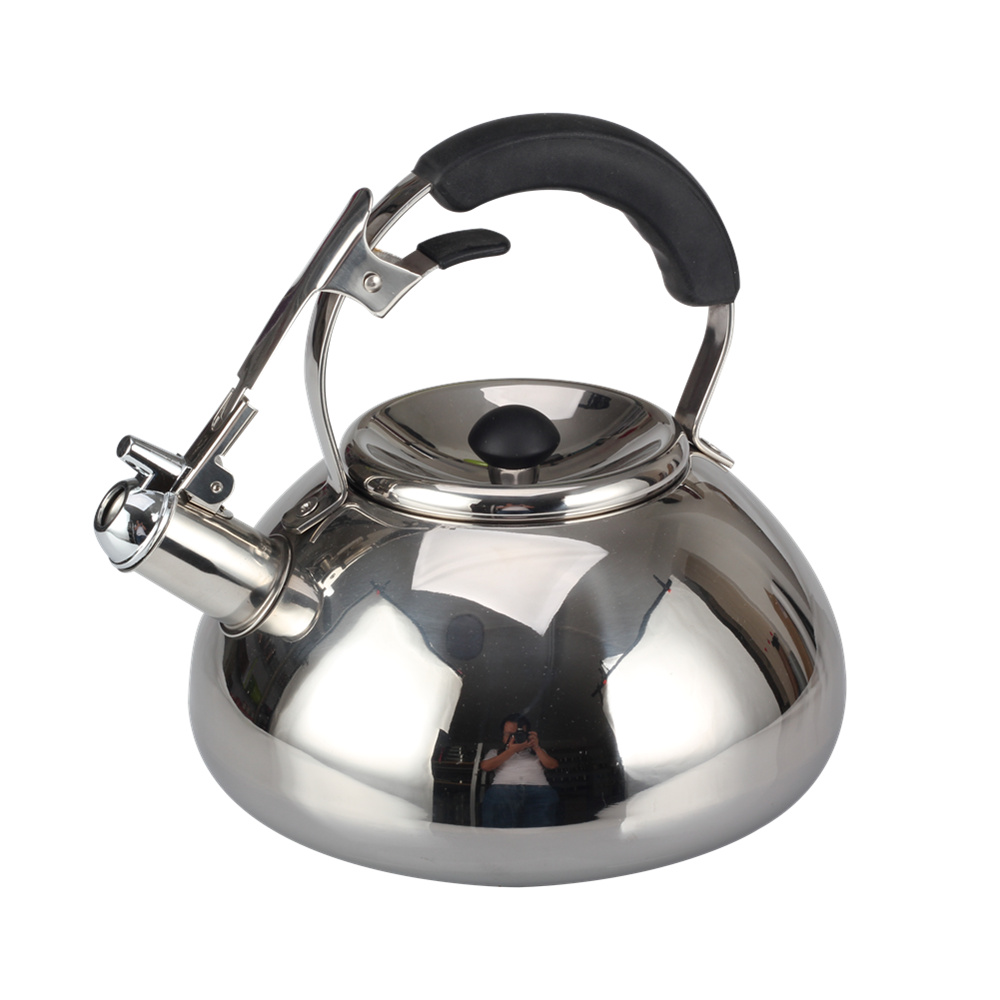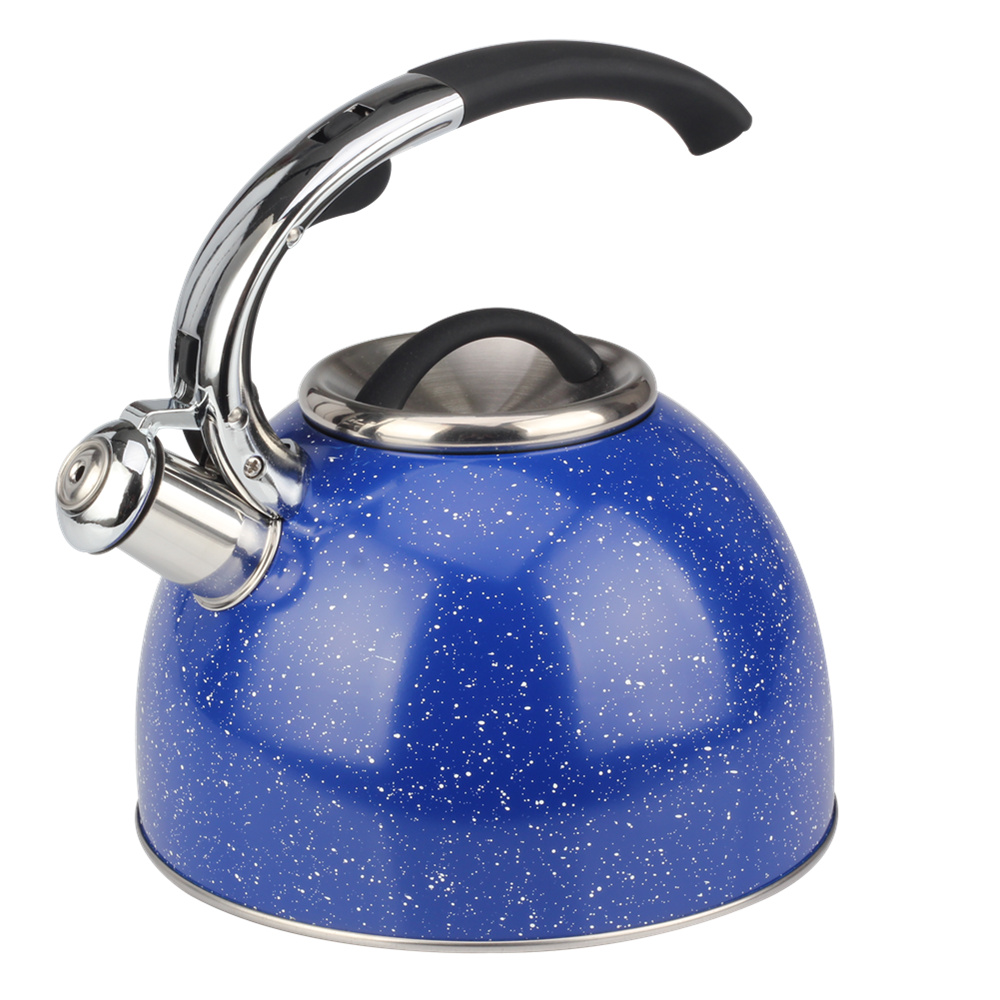Gold ore bacterial oxidation process
Multi-stage bacterial oxidation can be carried out by a method such as a trough-type bacterial oxidation method and a biological heap leaching method. The former is a continuous process of aerating and stirring a concentrate with a high concentration bacterial suspension in a certain dilute sulfuric acid solution, that is, first discharging the flotation concentrate suspended in the acid solution to the first tank, and waiting for most of the biological oxidation to be sent The second tank of the person is again aerated and stirred. Under normal circumstances, the bio-oxidation device is arranged in series in three stages, the first section is large in size, and the latter two sections are small in size. In the second section of the concentrate, the residence time is shorter. This configuration not only provides sufficient time for the decomposition of the sulfide ore, but also eliminates the short circuit of the slurry that may cause low gold recovery.
phenomenon. The two parameters that have a great impact on the economic benefits of biooxidation are: (1) the amount of sulfide ore decomposed by bacteria. This parameter determines the amount of oxidation required and the amount of mixing and gold recovery. (2) The rate at which bacteria decompose sulfide minerals. This parameter determines the actual processing capacity of each segment and the number of segments required.
The bio- heap leaching method is similar to other heap leaching methods. The main operations include ore crushing, pile-up on the mat, and continuous spraying of the acid-containing dilute acid solution. When the ore grade is low and the ore dressing method is not economical, biopile immersion can be considered.
In the solution treatment stage of the process, the precipitation of basic iron arsenate and then the release of iron and arsenic has important environmental significance. The iron and arsenic precipitates produced from the microbial oxidative leachate are sufficiently stable.
Regarding the technology of stirring leaching (dough leaching), the more mature processes in the world include BIOX process, BacTech process and MINBAC process.
The BIOX process was the first to be successfully developed. It began in the late 1970s and has become the most refractory concentrate bacteria oxidation technology in the world. The typical process of the process is that after the flotation concentrate is reground, it is given a bacterial oxidation tank. In order to ensure that the bacteria have sufficient breeding time in a single tank, the oxidation process is generally divided into two sections, and the first section is three juxtaposed. The oxidation tank, the second section is three tandem oxidation tanks, the purpose of which is to prolong the residence time of bacteria in a single tank to ensure the normal reproduction of bacteria without causing short circuit of the slurry. The oxidation rate of sulfur is usually 50%-60% in the first stage and 70%-90% in the second stage. In order to ensure that the bacteria have a suitable growth temperature, the slurry should be cooled to maintain the temperature of about 40 ° C necessary for the survival and activity of the bacteria. The cooling method is generally a serpentine water cooling method. At the same time, depending on the sulphur content of the ore, it should be properly added with sulfuric acid or lime to adjust the pH within the range of 1-2 required by the bacteria. The amount of inflation is another important controlling factor. The purpose of inflation is to provide bacteria. The oxygen required for survival, the quality of the aeration directly affects the activity of the bacteria. How to properly inflate and ensure a high degree of dispersion is one of the key technologies of the BIOX process.
The type of bacterial strain used in the BIOX process is strictly confidential. It is generally considered to be a mixture of Thiobacillus ferrooxidans, Thiobacillus thiooxidans and Spirulina platensis. The proportion of the mixture varies depending on the composition of the ore. The optimal working temperature of the bacteria is 40 degrees, the optimum pH is 1-2, and the bacterial activity is significantly reduced or even died when the temperature exceeds 50 °C.
The development of the BaeTech process began in 1984. The bacteria used are a mixed flora of thermophilic bacteria. The thermophilic cluster has an optimal survival temperature of 46 degrees and can survive for 3 days at a temperature of 55 °C. Therefore, using this bacterium
Mineral oxidation usually does not require cooling of the slurry. The rate of bio-oxidation of this bacteria in the Yonanmi gold mine in Australia, which was commissioned in 1994, has been greatly improved. At present, BacTech has cultivated a more heat-resistant bacteria with a heat-resistant temperature of 45-90 ° C and a maximum survival temperature of 60 °. BacTech is working hard to bring this bacteria into industrial applications. A semi-industrial pilot plant for the treatment of It flotation concentrates has been completed, with semi-industrial trials in Bulgaria, Ghana and the former Soviet Republic of Kazakhstan. At the same time, it plans to invest in the construction of a bacterial oxidation plant using this process in Altyn-Tas, Kazakhstan.
The MINBAC method has now built an It/d intermediate pilot plant for further semi-industrial trials. Recently, a 20t/d oxidation plant was built at the Valreefs gold mine of Anglo American. The bacteria used were Thiobacillus ferrooxidans. And iron oxide spiral bacteria. At the same time, small exploratory experiments have been conducted on more than 50 refractory gold ore samples from around the world, and it is believed that in the near future, wider industrial applications will be obtained.
There are many factors affecting the effect of bacterial gold leaching, mainly: gold ore or gold concentrate properties, microbial factors, physical and chemical factors and process technology factors. Microbial factors include strain selection and domestication, bacterial adaptability and harmful components. Physical and chemical factors mainly include pH value, temperature, oxidation-reduction potential, aeration amount and the like. The technical factors mainly include the ore residence time in the production technology, the ore particle size, the slurry concentration, the aeration mixing condition and the design of the reaction tank. These have important influences on the microbial oxidation process. The best choice of these factors must be based on the specific ore type and minerals. Composition and external environment and requirements, and determined through experimental research.

Whistling Kettle
Whistling Kettle ,which is necessary for your kitchen and home. Perfect for enjoying the coffee ,tea or other drinking.
1: The kettle will whistle loudly when boiling,a good reminder feature for you .
2:Excellent quality non-slip handle ,give you a comfortable touch feel,and is ergonomically designed for optimal comfort .
3: Three kind of bottom for you to choose, single layer,triple layers and five layers. Multilayer bottom can heats up quickly and evenly.
4:Whistling kettle can une on any stovetop, including induction heating, smooth glass top, gas and electric stoves.
Description of the whistling kettle
Body: SS201 or SS304
Handle: Stainless steel + silicone or Bakelite Handle
Lid: SS201 or SS304 + + silicone or Bakelite Handle
Bottom:
Single bottom - SS430
3 layer bottom - SS430+Aluminium+SS430 or SS304
5 layer bottom - SS430+Aluminium+Iron+Aluminium+SS430 or SS304



Welcome to provide the OEM requirement and ask for the quotation.
Will try the best to give you a good service.
Stainless Steel Whistling Kettle,Stovetop Induction Whistling Kettle,Whistling Kettle With Black Handle,Stainless Steel Tea Kettle
Jiangmen Wellway Houseware Co.,Ltd , https://www.wellwayhouseware.com